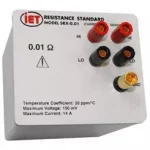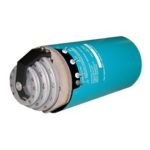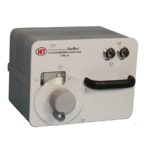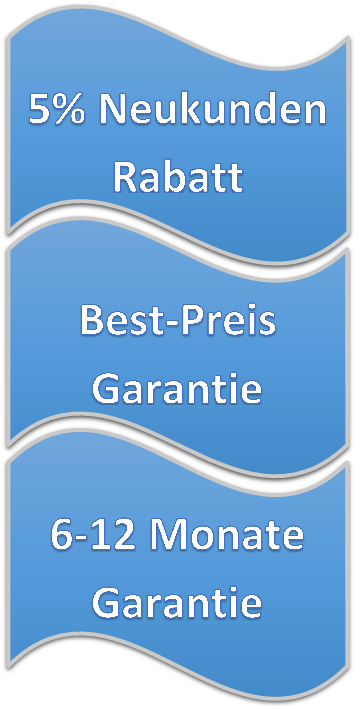Beschreibung
Introduction
Each of the HATS-Y transfer standards consists of 11 equal steps. These steps are available in increments of 100 kΩ, 1M Ω, 10 MΩ, & 100 MΩ. The HATS-Y provides a three terminal connection for each step or for a series of resistance steps. Specially designed lever switches separate each resistor from the others. This allows the standard to be configured in series, parallel, series-parallel, or separately without the use of external shorting bars.
Description
Precise transfer measurements up to 1,110 MΩ relative to a single 10 kΩ resistance standard can be obtained with the esi SR1050 High-Resistance Transfer Standards. Based on a unique method for establishing known ratios, the HATS-Y Transfer Standards standard utilizes a transfer technique that consists of switching resistance sections in parallel, series or series-parallel sections. An outstanding design feature is a structure in which the only insulation leakage paths (other than those within each resistance section) are from the external terminals to ground. This eliminates insulation leakage errors in the transfer of calibration from one resistance level to another using three-terminal measurement techniques. A specially designed lever switch provides a convenient means of switching into parallel and series parallel configuration without introducing insulation leakage errors. External shorting or paralleling bars are not necessary. Each resistance section consists of precision wire-wound resistors connected in series. The reduced heat concentration of the series connection improves the thermal characteristics of a resistance element with an already low temperature coefficient.
Advantages of Transfer Standards
In order to perform calibrations with a high degree of accuracy, reference standards must be employed at every range or decade of the measuring or calibration instrumentation. Clearly, this can be difficult and costly since these standards must be highly stable and their precise values must be known with a high degree of certainty and sufficient resolution. To minimize the cost and difficulty, more practical means of performing such calibrations is to use transfer standards. If one has a single standard that is calibrated by a national laboratory, one can then compare the transfer standards to the certified standard by ratio techniques. See our Technical Applications section for a full tutorial.
•Resistance Values 100 kΩ, 1 MΩ, 10 MΩ, 100 MΩ
•Initial Accuracy…As good as 10 ppm nominal value matched within 10 ppm
•Transfer Accuracy… ± 2 ppm (Typical Short-term Repeatability)
•1 Year Stability: As good as 10 ppm




